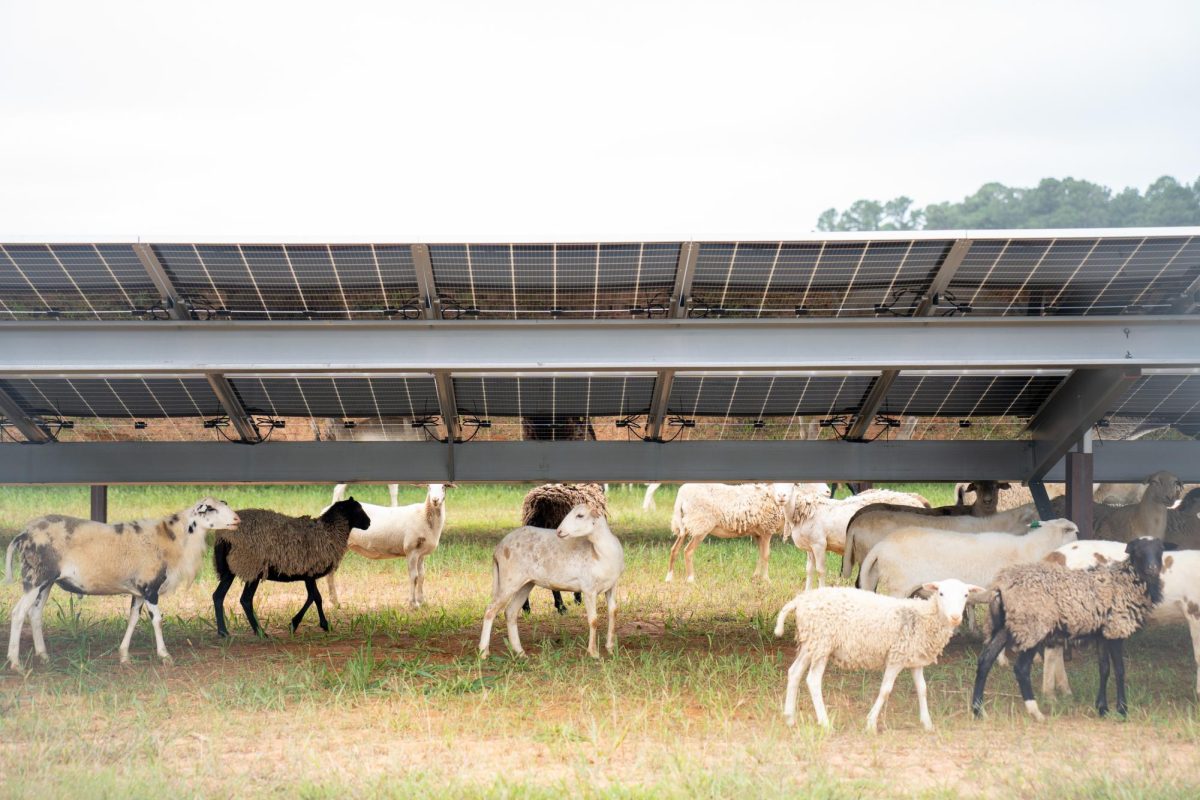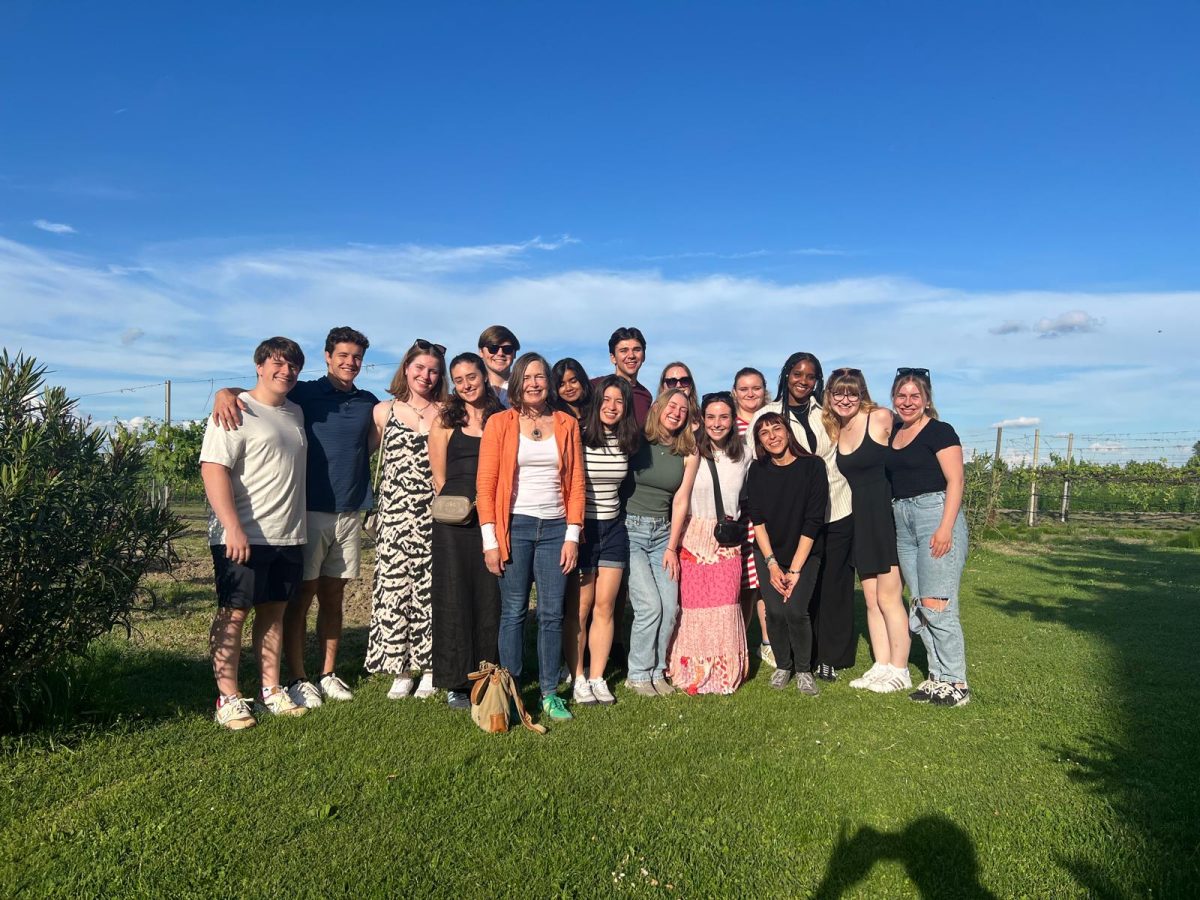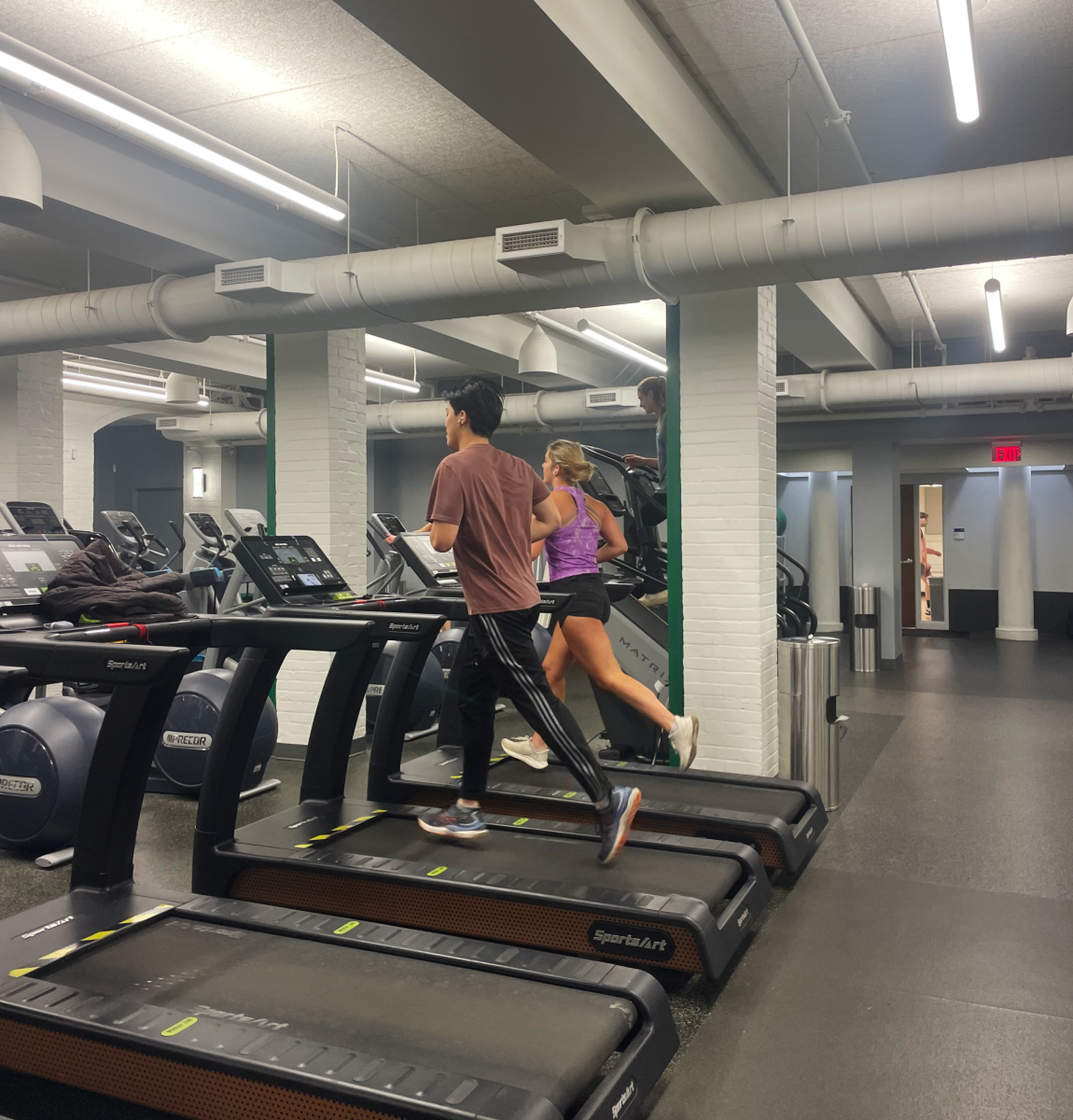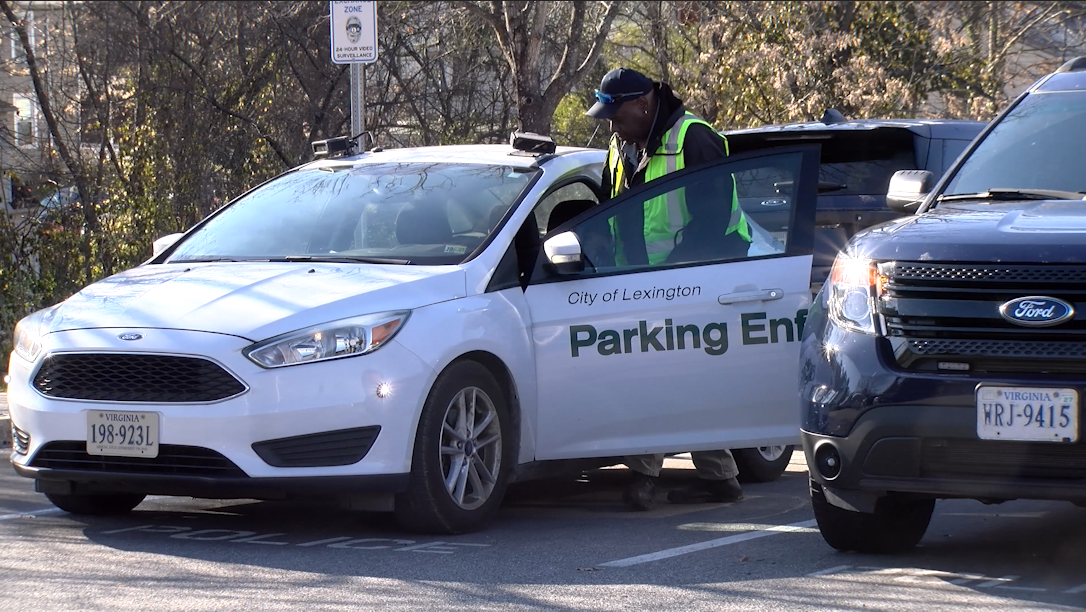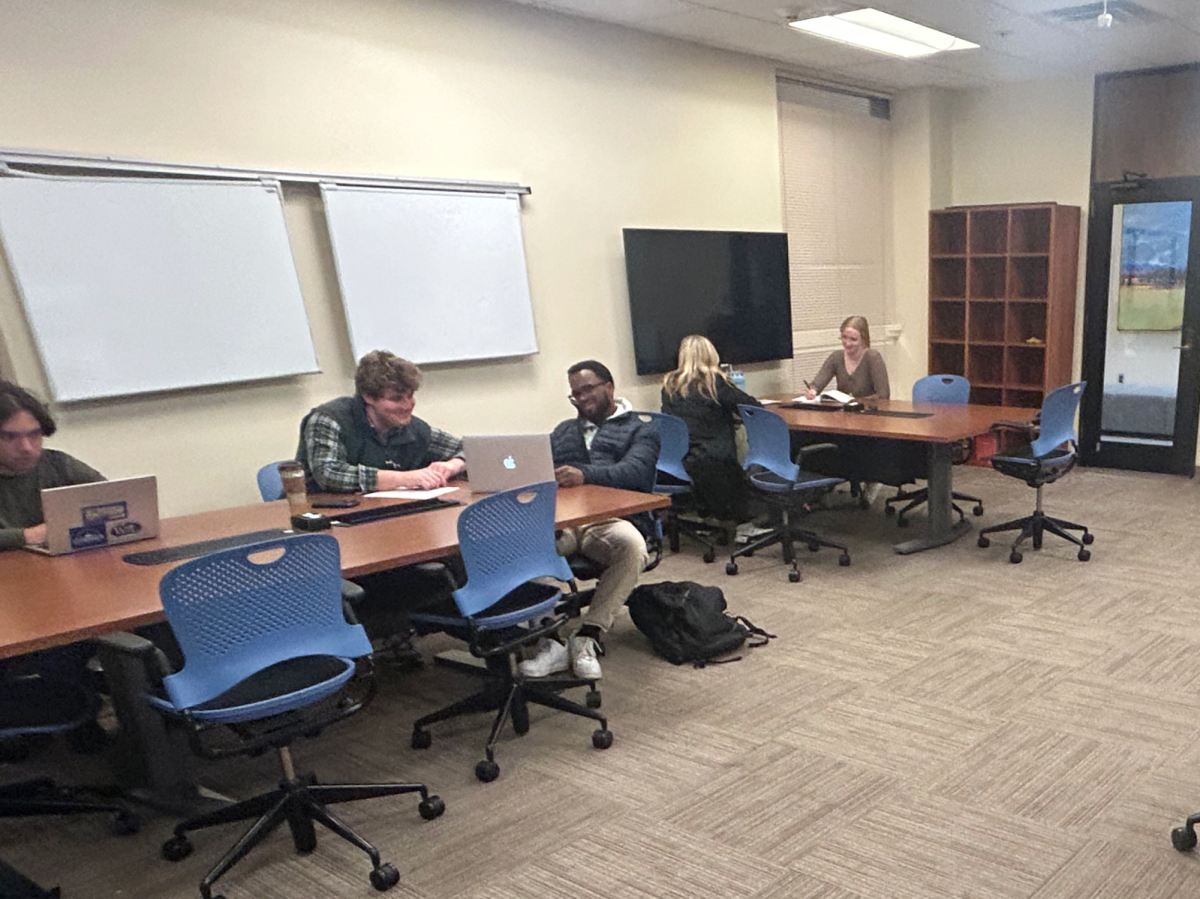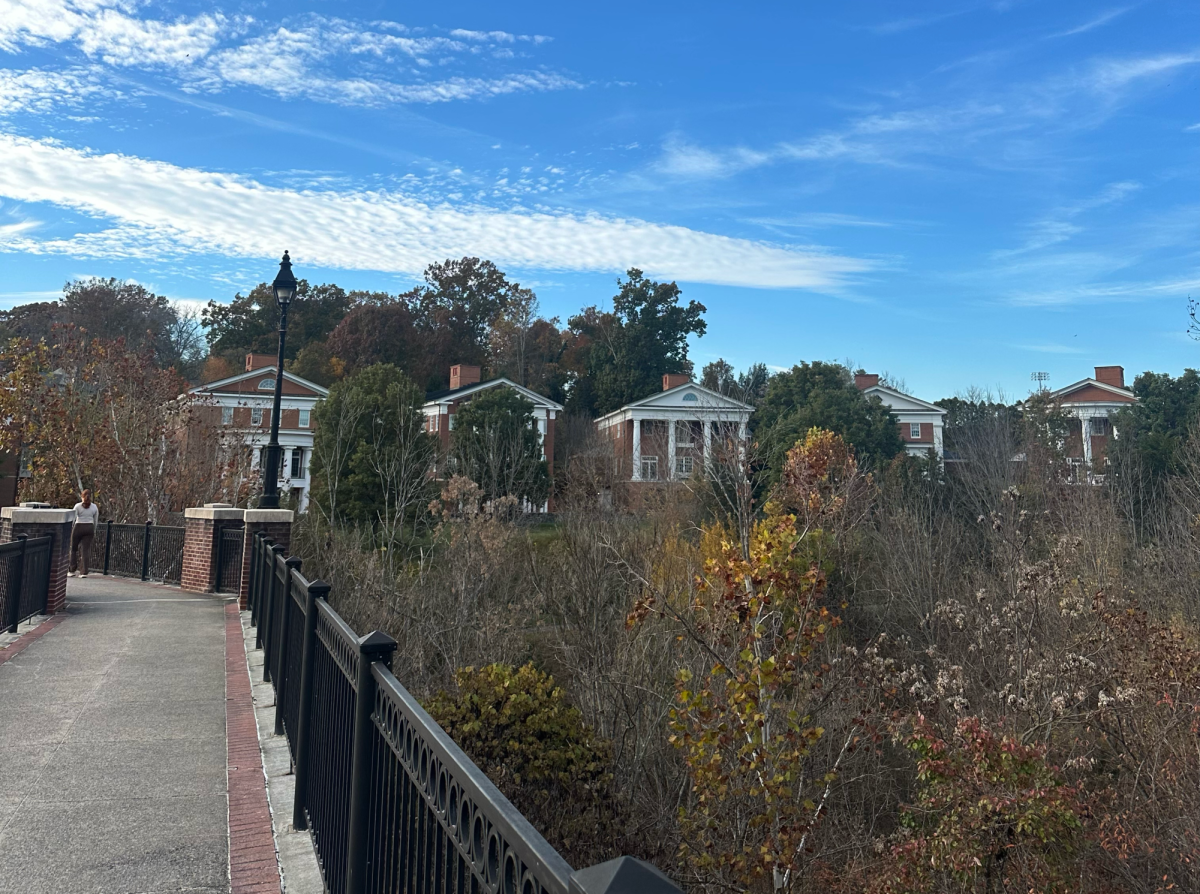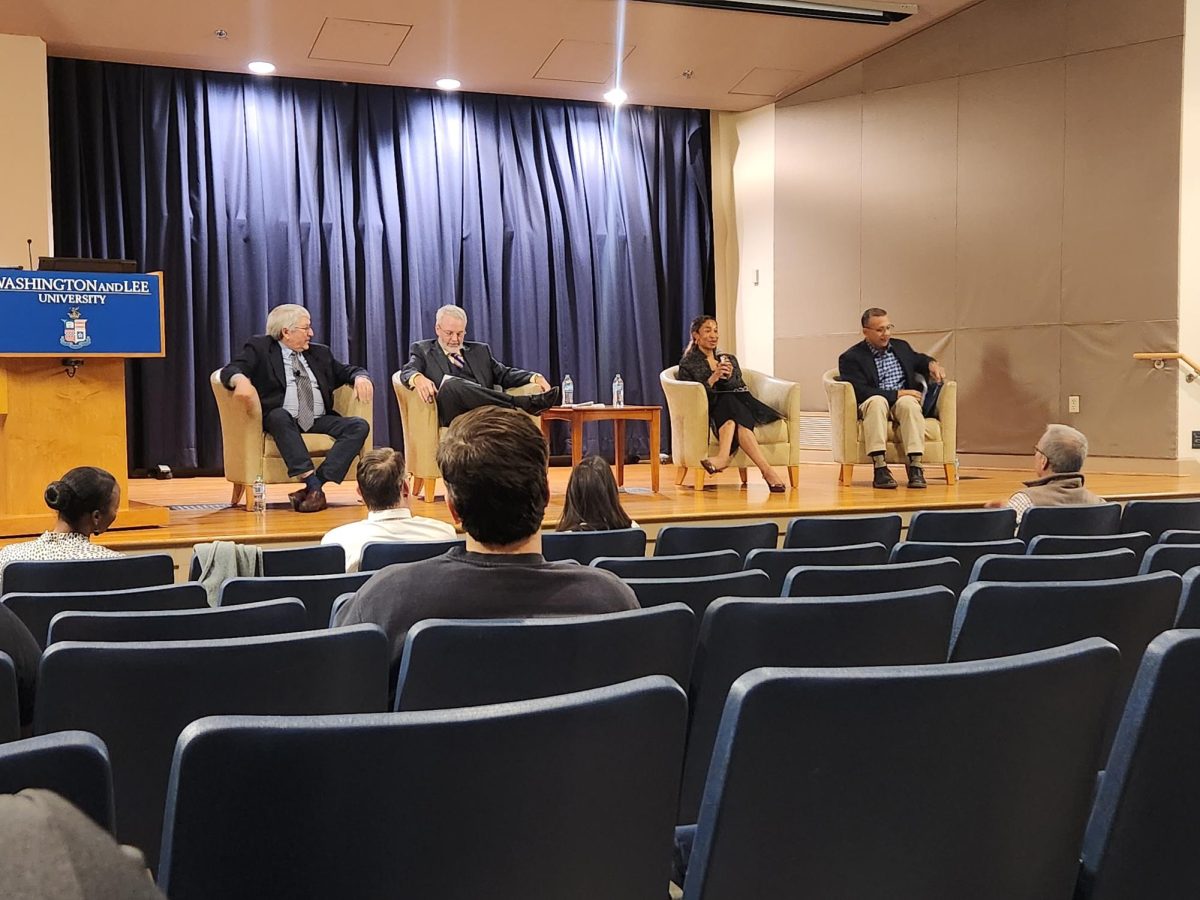Washington and Lee is one step closer to becoming carbon neutral after constructing an off-site solar array in North Carolina.
The site, operated by SunEnergy1, generates 11 megawatts of energy for Washington and Lee’s use, said Jane Stewart, director of sustainability.
The site was dedicated on Sept. 28. In attendance were Stewart, Steve McAllister, university treasurer, Emily Innes, assistant director of constituent communications and Shelby Hamelman, digital media producer. Darby Burgett, ’26, who serves as the vice president of partnerships and outreach for the Student Environmental Action League (SEAL), also attended the ceremony.
Stewart said that guests at the event got a chance to meet the people who constructed and manage the site. They also got to tour the array, which was important for Stewart, who wanted to ensure that the site would be consistent with its surroundings. Sheep are the chief landscapers, as they feed on the grass, and pollinators are attracted to the natural vegetation surrounding the site.
“Its physical location feels good. You look to your left and you see this enormous array with all of these panels. You look to your right and you see natural vegetation, and butterflies and bees, and you hear the birds,” Stewart said.
SunEnergy1 also grants the university educational access to bring students to the site to learn more about the array.
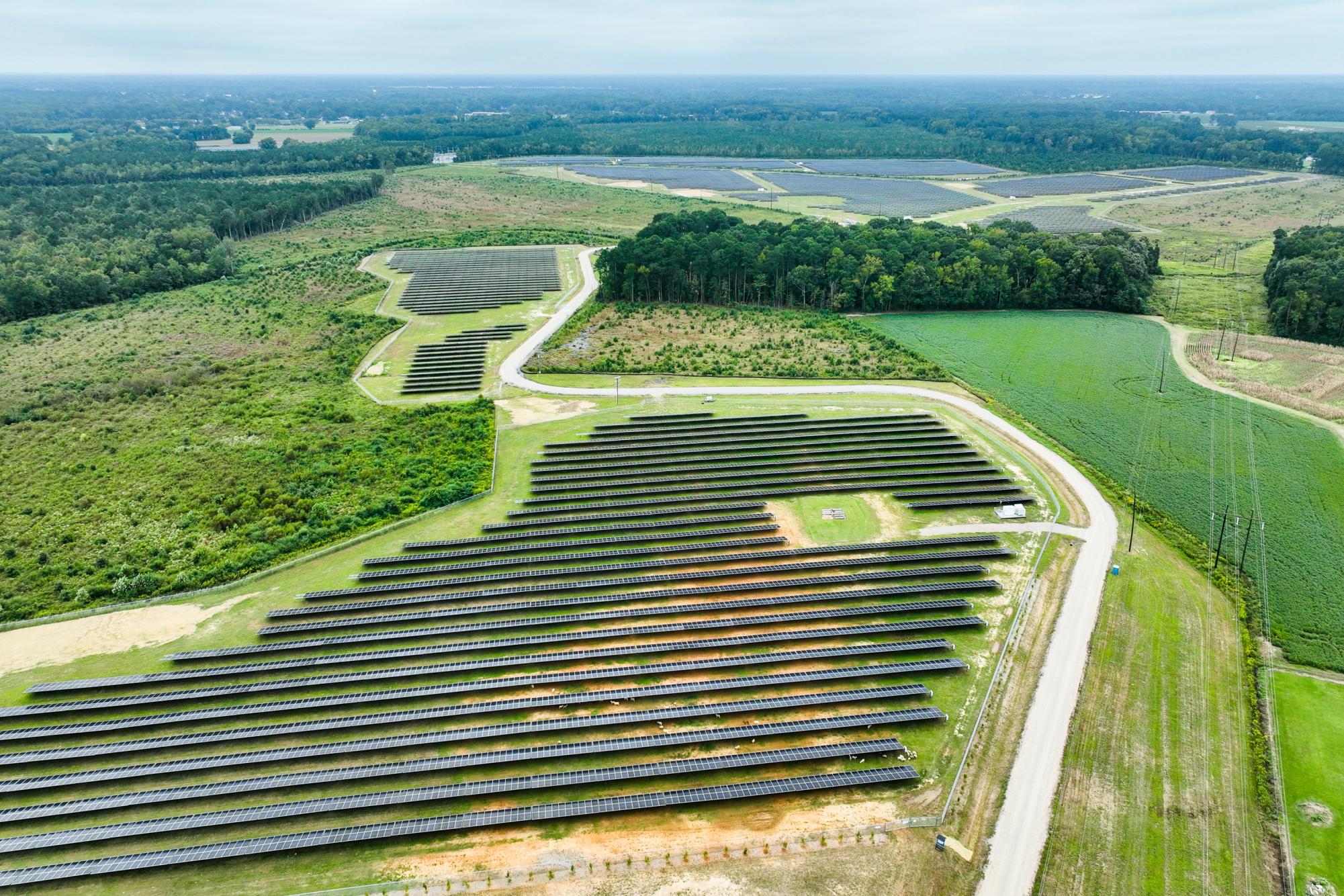 Burgett said she is proud of the progress made by the university thus far.
Burgett said she is proud of the progress made by the university thus far.
“The solar array is a big step for sustainability and Washington and Lee. We hope that this can serve as a springboard for future sustainability initiatives,” Burgett said.
For Stewart, the dedication was the culmination of seven years of work and negotiations to make the project a reality.
Discussions of the solar array began in 2016, according to Stewart, as a way to meet Washington and Lee’s goal of being carbon neutral by 2050. Data from Second Nature, a climate-focused nonprofit, showed that energy consumption made up the largest segment of the university’s greenhouse gas consumption.
A few buildings on campus already have solar panels that directly power them. But campus buildings require electricity even when it is dark or cloudy, and battery storage options are not developed enough to make them a feasible solution for every building on campus, Stewart said.
The regulation of Virginia’s energy market limits the options for how the university could utilize solar power. Virginia has a regulated retail utility market for energy, which means that retail customers cannot provide more than three megawatts–far below the university’s 11 megawatts per year demand.
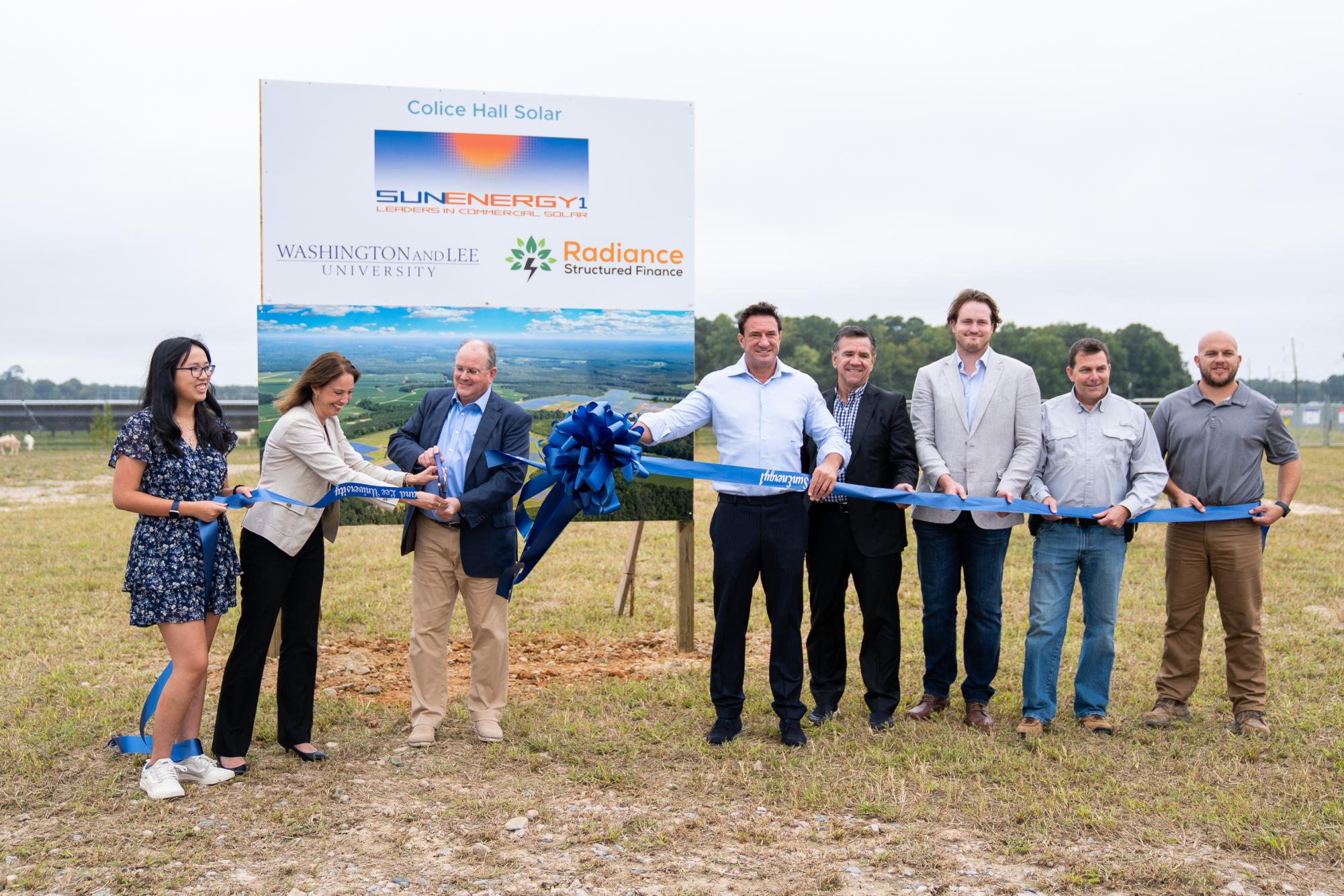 The wholesale market is regulated differently, Stewart said, which allows the University to feed the solar energy directly into the regional electricity grid. The energy is then dispersed across parts of Virginia, Washington D.C., North Carolina, Ohio and Pennsylvania.
The wholesale market is regulated differently, Stewart said, which allows the University to feed the solar energy directly into the regional electricity grid. The energy is then dispersed across parts of Virginia, Washington D.C., North Carolina, Ohio and Pennsylvania.
Because the energy goes into the regional grid, instead of solely the university, Stewart noted the opportunity for community engagement.
“This project offsite allows us to participate in moving renewable energy forward in a way that impacts the broader community, that has an effect beyond our borders,” Stewart said.
Although SEAL did not play a role in the solar search and approval process, the group works closely with the University Sustainability Committee. Two elected student representatives serve on the committee, according to SEAL President Shae Reinberg, ’25.
Reinberg hopes the university will pursue more projects like the solar array in the future.
“SEAL believes Washington and Lee University has the opportunity to not only improve, but also to become a leader in sustainability to reflect its mission of being ‘not unmindful of the future.’ To do this, SEAL hopes to push the university to invest in additional ambitious projects,” Reinberg said.



